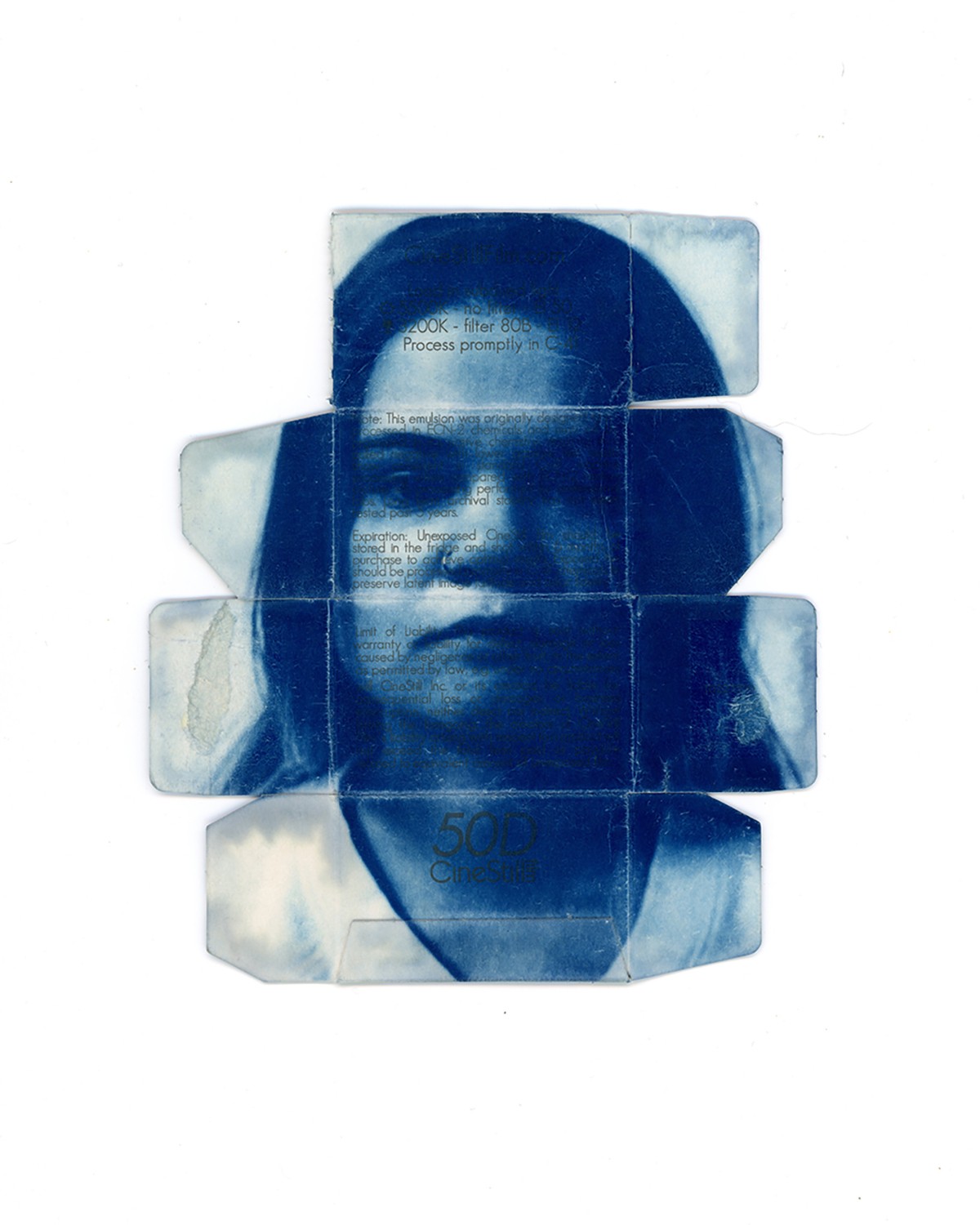We caught up with the brilliant and insightful Karina Mackey a few weeks ago and have shared our conversation below.
Hi Karina, thanks for joining us today. How did you learn to do what you do? Knowing what you know now, what could you have done to speed up your learning process? What skills do you think were most essential? What obstacles stood in the way of learning more?
In 2017, I took a darkroom photography class as an intro course for my major in college. The only experience I had with film prior to this class was disposable cameras from CVS or Walmart that I would bring with me on vacations with family or friends when I was a child. This class opened my eyes to the history and possibilities of what I could create with a camera. Learning the art of darkroom photography was like a drug to me. It was love at first sight. I fell in love with the hands on approach to developing film and printing in the darkroom. There is nothing quite like sticking a piece of photographic paper into developer and watching the image you just printed in darkness start to appear. Because of this class and the professor that taught it, I still shoot film today and prefer it over digital. My very expensive digital camera is mostly used to scan my film negatives which I think is quite funny.


Awesome – so before we get into the rest of our questions, can you briefly introduce yourself to our readers.
When I was young, I was gifted a small bright red Canon point and shoot camera for my birthday. That was my first introduction to photography. I knew absolutely nothing about aperture, ISO or shutter speed but I just went with it. In 2015, I started my first year of college having no idea what I wanted to study but I was getting more and more into photography and learning the art. I was watching Youtube videos and reading articles about photography instead of studying for my exams. I fell in love with controlling the camera and creating stories through a singular photograph. I fell in love with it so much that I applied to Long Island University’s photography program. While at LIU, I took my first darkroom photography class and was instantly bit by the film bug. I fell in love with film photography and printing in the darkroom. Ever since that class, I have not looked back.
I ended up transferring and graduating from Arizona State University with a bachelor of fine arts in photography and through my two years there, I was introduced to alternative photographic processes including the cyanotype process. I have been experimenting with cyanotypes this past year and have created some of my favorite projects in my artistic career including my Identity project which consists of nontraditional self portraits printed on the back of 35mm film boxes.
Through my art, I hope to tell stories and elicit emotions.


What’s the most rewarding aspect of being a creative in your experience?
I think the most rewarding aspect of being an artist is seeing people’s reactions to the art that I create. I never know what kind of reaction my art is going to get and oftentimes being in the presence of someone taking my work in can be overwhelming and intimidating. When you see that initial reaction to something you created and it’s a positive one, it’s incredibly rewarding in the best way.


Have any books or other resources had a big impact on you?
I recently went to a film screening of “All the Beauty and the Bloodshed” which is a documentary about photographer Nan Goldin directed by Laura Poitras. This documentary impacted the way I think about why I photograph. People often ask me why I was attracted to photography and I never really had an answer that I felt really conveyed why until I watched “All the Beauty and the Bloodshed.” In this documentary, Goldin talks about how she grew up being told that certain things she saw and experienced didn’t happen and so she coped by taking pictures because it helped her to trust and believe herself again. That statement made me rethink the whole reason of why I turned to photography in my young adult years. There are parts of my childhood that are forgotten and gone because my brain decided to protect me from a trauma that I went through at a very young age and so photography is a way for me to remember and heal.


Contact Info:
- Website: https://www.karinabphotography.com/
- Instagram: https://www.instagram.com/karinabphoto/


